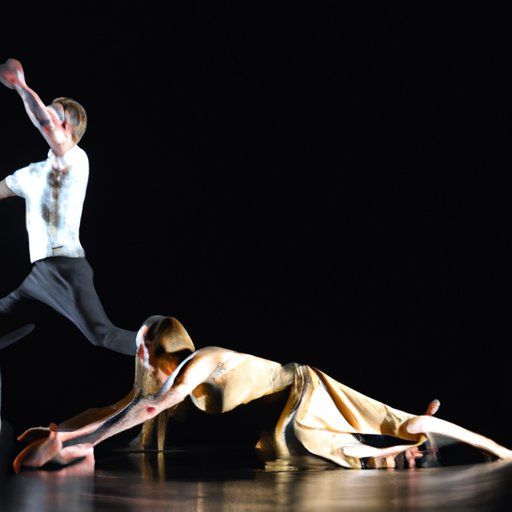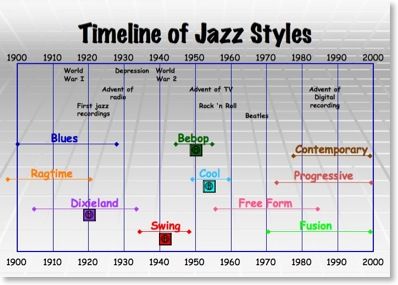Contemporary dance is a diverse and constantly evolving form of artistic expression that has its roots in the early 20th century. Unlike traditional forms of dance that adhere to established techniques and styles, contemporary dance is characterized by its freedom of movement, experimentation with different movement styles, and exploration of new concepts and ideas. In this article, we will explore the history of contemporary dance from a modern perspective, tracing its origins, major influences, and key developments over the years.
Origins of Contemporary Dance
The origins of contemporary dance can be traced back to the early 20th century, when a group of dance artists began to break away from the rigid structures of classical ballet and modern dance. Led by pioneers such as Isadora Duncan, Martha Graham, and Merce Cunningham, these artists sought to create a more expressive and innovative form of dance that reflected the changing times. They rejected the strict rules of traditional dance techniques and instead focused on creating movements that were based on personal expression, emotion, and the exploration of new ideas.
Influences on Contemporary Dance
Contemporary dance has been influenced by a wide range of sources, including music, visual arts, theater, and cultural movements. One of the key influences on contemporary dance was the rise of modernism in the early 20th century, which emphasized experimentation, abstraction, and a rejection of traditional forms. This spirit of innovation and exploration permeated the world of dance, inspiring artists to push the boundaries of their art form and create new and groundbreaking works.
Another major influence on contemporary dance was the emergence of postmodernism in the mid-20th century. Postmodern dance artists rejected the grand narratives of modernism and instead focused on the individual body, movement, and the relationship between performer and audience. This new approach to dance emphasized spontaneity, improvisation, and the breaking down of traditional boundaries, leading to a more inclusive and experimental form of dance.
Developments in Contemporary Dance
Over the years, contemporary dance has continued to evolve and grow, incorporating new techniques, styles, and ideas. One of the key developments in contemporary dance was the emergence of fusion dance styles, which combined elements of different dance traditions to create a unique and eclectic form of movement. These fusion styles have become increasingly popular in the dance world, attracting audiences with their innovative choreography and dynamic performances.
Another important development in contemporary dance has been the rise of technology as a tool for artistic expression. Dance artists are now using digital technologies such as motion capture, virtual reality, and interactive projections to create immersive and interactive dance experiences. These technologies have opened up new possibilities for creativity and collaboration, allowing artists to push the boundaries of their art form and create truly groundbreaking works.
The Future of Contemporary Dance
As we look to the future, the possibilities for contemporary dance are endless. With technology continuing to advance and new ideas and concepts emerging every day, contemporary dance is poised to continue pushing the boundaries of artistic expression and innovation. Whether through fusion styles, digital technologies, or new forms of collaboration, contemporary dance will continue to evolve and grow, creating new and exciting experiences for audiences around the world.
In conclusion, the history of contemporary dance is a rich and vibrant tapestry of innovation, experimentation, and artistic expression. From its early beginnings in the early 20th century to the present day, contemporary dance has continued to push the boundaries of the art form, creating new and exciting works that challenge the status quo and inspire audiences around the world. As we look to the future, we can only imagine what new and groundbreaking developments in contemporary dance lie ahead, waiting to be discovered and explored by the next generation of dance artists.
Whether you are a dance enthusiast or someone who is simply curious about this dynamic and ever-changing art form, contemporary dance offers a world of possibilities and experiences that are sure to captivate and inspire. So why not take a step into the world of contemporary dance and see where the journey takes you? You may just discover a new passion and appreciation for this beautiful and transformative art form.


